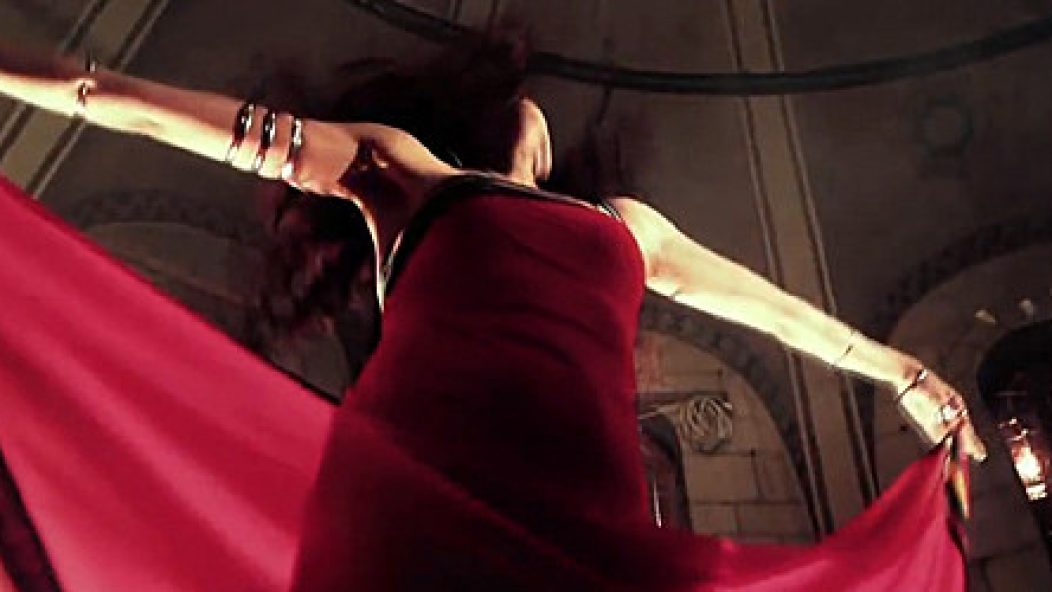
Sapari: From antiquity to Orphaned Land
Orphaned Land’s “Sapari” is the metal song that has stuck most in my head this year. (I’ll discuss why at the end of this post.) I discovered that it was an arrangement of a Yemeni folk song, so I started trying to learn more about it. Unfortunately, due to the dearth of English commentary on this song, I haven’t been able to find out its history, or even what its lyrics mean.
However, I’ve found out some extremely cool things about it. YouTube has many versions of this song. One video carries this comment: Sapari was written in the 17th century. If that’s true — wow! A song that’s hung around for over 300 years! That’s staying power. “Old-school metal” is but a blip compared to that.
A 300 year-old song will inevitably undergo many interpretations. I’ve posted nine of them here. Don’t be scared off by that number. You can just sample the clips to get their flavor. They fall into three categories: traditional folk, choral, and modern pop. I’ve arranged them so that they get closer and closer to the Orphaned Land version, which will be the finale.
Some notes before this little journey: “Sapari” is often spelled “Sapri”. The full name of the song is evidently “Sapri Tama Tmima”. “Sapri Tama” is also a dance (see instructions here, and performances here and here). You can see the lyrics (including a phonetic transliteration) to the Orphaned Land song (which includes the original folk song), as well as discussion of their translation here.
Finally, if anyone can provide more background on the song, I’d be most appreciative.
. . .
TRADITIONAL FOLK
First up are four traditional folk interpretations. They sound nothing like the Orphaned Land version; the melodies are quite different. Their common element is pervasive percussion. Again, don’t worry about hearing them in their entirety (though you can of course do that). My favorite is the fourth one, featuring a female singer who’s like James Brown in a kimono.
. . .
http://www.youtube.com/watch?v=dzCYJaA3NJk
. . .
CHORAL
Next up are two choral interpretations. The first one, by a mixed-gender choir, is very formal-sounding. The second one is by the Naama Women’s Choir in Israel. They also do a different arrangement here, but I prefer this one. In it, you can hear some of the melodies that go into the Orphaned Land version.
. . .
. . .
MODERN POP
Now come two modern pop interpretations. The first is by Israeli pop superstar Ofra Haza. Its world pop feel reminds me of Ryuichi Sakamoto’s work in the ’80s. The second is by Israeli pop singer Dror Meshulam. Its melodies are very close to the Orphaned Land version. In fact, I seem to recall reading or hearing somewhere that the Orphaned Land song is a cover of this one.
. . .
http://www.youtube.com/watch?v=Jfhxh3DgcxI
. . .
ORPHANED LAND
Finally, here is the Orphaned Land version. Its melodies are strong, but it’s most interesting for its rhythm (how many metal songs can say that?). The verses are in 17/4 (think of it as 8+1+8). That extra beat gives the groove more “hips”. Speaking of which, how about that red dress Shlomit Levi wears? Its burst of color sears the screen, marking this as not just another metal video. Brilliant images for brilliant sounds — may they last another 300 years.
. . .
http://www.youtube.com/watch?v=DUi1yf97paw
. . .











